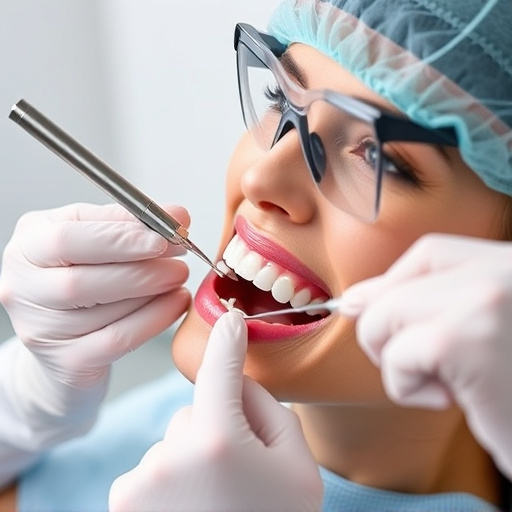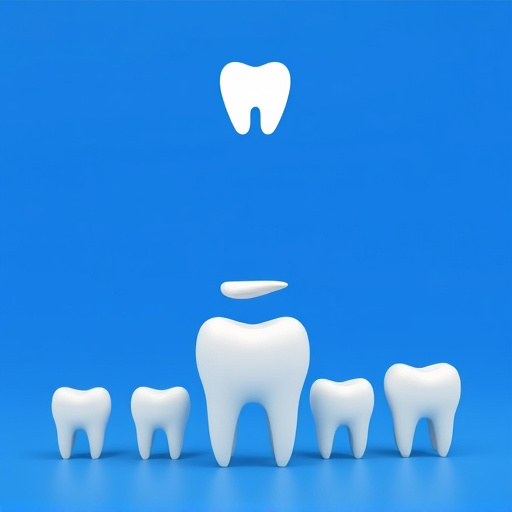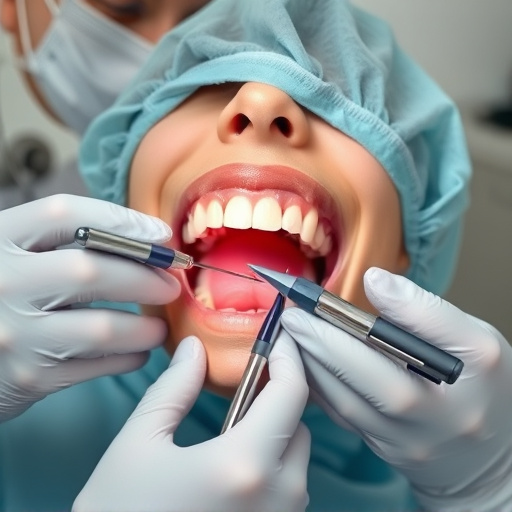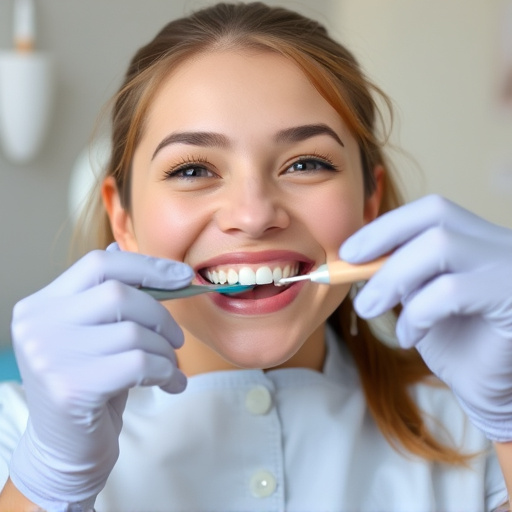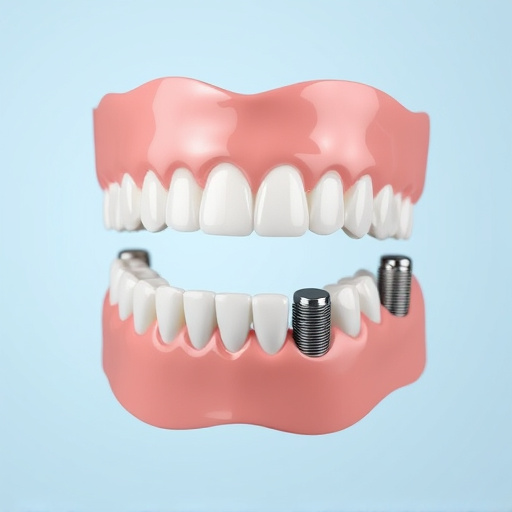Oral cancer is a global concern affecting diverse demographics and age groups with many new diagnoses each year. Understanding its risk factors – including prolonged virus exposure, smoking, alcohol, previous oral cancers, and immune compromise – is crucial for early detection. Regular dental visits enabling oral cancer screening play a vital role in improving outcomes by facilitating prompt diagnosis and treatment initiation. Technologies like VELScope and cosmetic procedures aid in revealing subtle symptoms, enhancing survival rates and treatment success.
Oral cancer, often overlooked, can have severe consequences if detected late. That’s why understanding its risks and undergoing regular oral cancer screening is vital for early detection. This article delves into the significance of oral cancer screening, offering insights on statistics, risk factors, and how early intervention can save lives. By exploring the steps and benefits, readers will gain a comprehensive view of why this simple yet powerful tool is essential in the fight against oral cancer.
- Understanding Oral Cancer: Statistics and Risk Factors
- The Role of Early Detection in Treating Oral Cancer
- How Oral Cancer Screening Can Save Lives: Steps and Benefits
Understanding Oral Cancer: Statistics and Risk Factors

Oral cancer is a serious condition that affects thousands of individuals worldwide each year. Understanding its prevalence and risk factors is a critical step in recognizing why early detection through oral cancer screening is so vital. According to global health organizations, oral cancer accounts for a significant portion of all cancer cases, with new diagnoses occurring at an alarming rate. This disease does not discriminate based on age or gender, impacting people from diverse backgrounds.
Various factors contribute to the development of oral cancer, including prolonged exposure to certain viruses, smoking and tobacco use, excessive alcohol consumption, and a history of previous oral cancers. Moreover, individuals with weakened immune systems due to conditions like HIV/AIDS or those undergoing treatment for other types of cancer may face an elevated risk. Early detection through regular visits to a family dentistry or children’s dentistry practitioner can significantly improve outcomes as it allows for prompt diagnosis and treatment initiation, often in the earliest stages when oral cancer is most treatable, encompassing aspects of restorative dentistry.
The Role of Early Detection in Treating Oral Cancer

Early detection plays a pivotal role in successfully treating oral cancer. When caught at an early stage, treatment options are more effective and less invasive, significantly improving patient outcomes. Oral cancer screening is a crucial step in this process as it enables dentists to identify potential anomalies or lesions that may indicate the presence of cancerous cells. Regular dental check-ups, including comprehensive oral examinations and advanced imaging technologies, can detect these subtle changes long before they become life-threatening.
Incorporating oral cancer screening into routine family dentistry visits ensures that any concerning symptoms are addressed promptly. This proactive approach allows for a range of treatment interventions, from surgical excision to targeted radiation therapy, which are all more manageable and successful when the disease is detected early. Additionally, dental cleanings during these visits can also play a supportive role by maintaining overall oral health, reducing risk factors associated with cancer development, and providing an opportunity for open communication between patients and dental professionals about any unusual mouth changes.
How Oral Cancer Screening Can Save Lives: Steps and Benefits

Oral cancer screening is a vital step in saving lives and detecting potential health issues early on. This simple process involves a thorough examination of the mouth, including the tongue, cheeks, gums, and lips, by a trained dental professional. By incorporating oral cancer screening into routine dental check-ups, individuals can benefit from increased survival rates and improved treatment outcomes.
The benefits are clear: it allows for the early detection of abnormal growths or lesions, which may be signs of oral cancer. Many times, these symptoms are subtle and difficult to identify without professional training. General dentistry practices often offer this service, utilizing advanced technologies like VELScope, a specialized light source that reveals hidden anomalies. Even procedures like dental bonding or clear aligners, commonly used in cosmetic dentistry, can aid in the screening process by providing access to hard-to-reach areas during routine cleanings.
Oral cancer screening is a vital step towards saving lives. By identifying potential risks and early signs, we can significantly improve treatment outcomes. Regular screening can detect oral cancer at its most treatable stage, ensuring better patient survival rates. It’s a simple yet powerful tool that plays a crucial role in the battle against this disease, allowing us to catch and combat oral cancer before it becomes life-threatening. Embrace this preventive measure and prioritize your oral health.








